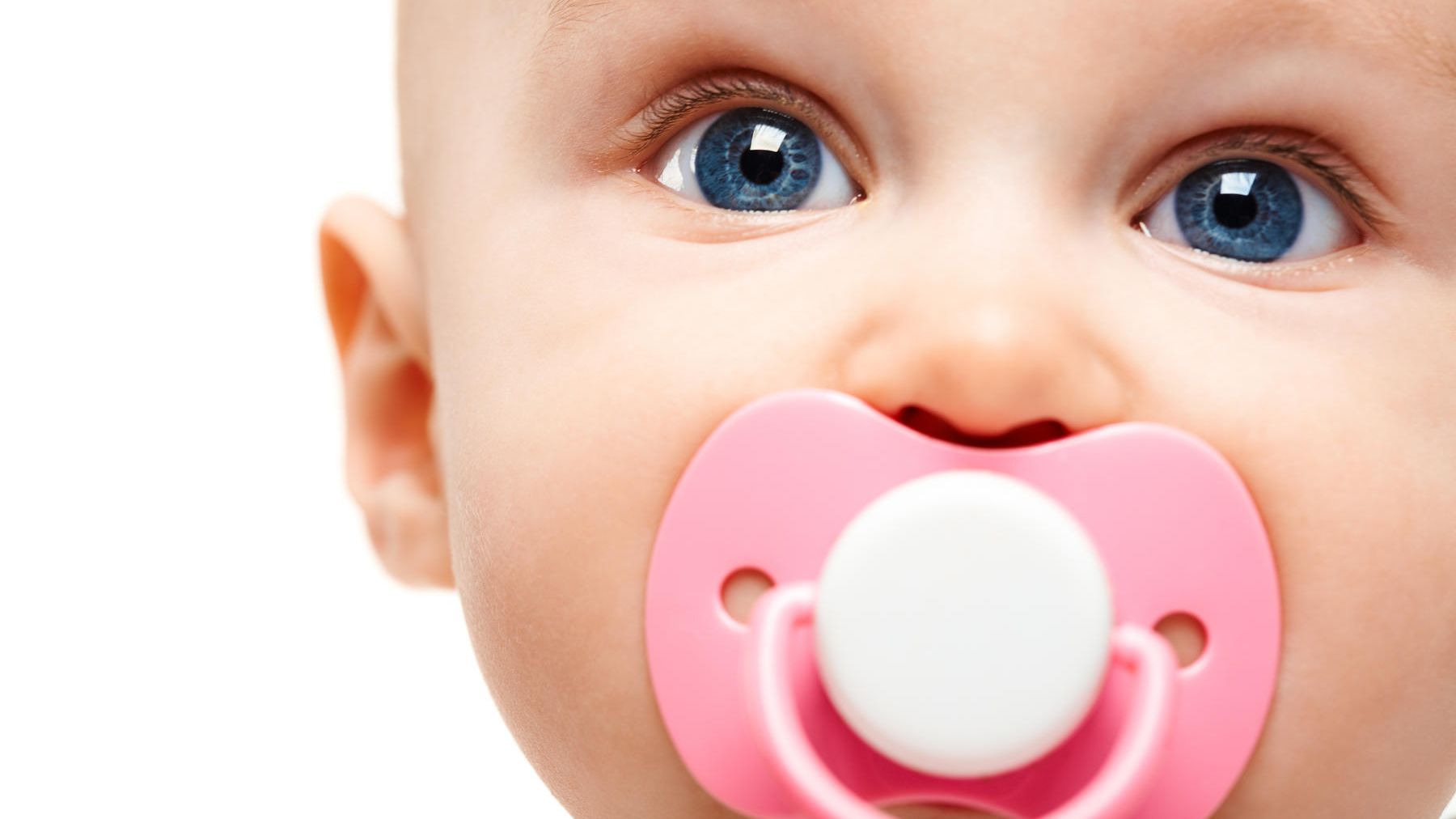A pacifier could quickly become your favorite go-to tool for soothing a crying baby. It is intended to calm your baby when it isn’t time for food.
According to the American Academy of Pediatrics, using a pacifier at night could be very beneficial in promoting a lighter phase of night sleep and helping both the baby and you get the good night’s rest you deserve.
All in all, pacifiers can be very beneficial for both the baby and you as a parent. But there’s one significant downside: keeping a pacifier in your baby’s mouth could be very tricky. If you’re already using one, you probably know the struggle.
So if you’re wondering how to keep a pacifier in your baby’s mouth, keep on reading. We’ve compiled a neat list of tips that’ll help you enjoy the benefits of using a pacifier without stressing about it.
How to Keep a Pacifier in Mouth
There are several reasons why your baby may be spitting out the pacifier. If you manage to find the cause of the behavior, you’ll be able to find the best solution to the problem. Observing the baby’s behavior could give you some insights and tell you whether your baby is hungry, overstimulated, or simply doesn’t like the specific pacifier.
Find the right style and fit
Pacifiers may look pretty simple, but the different shapes and sizes are intended to fit different needs. Therefore, if you’re looking to keep your baby from spitting up the pacifier, you first must consider whether you’re using the correct pacifier.
Pacifier styles
There are various pacifier styles, and even though the style may not mean anything to you, your baby might have a personal preference. That’s why you should try out a couple of different styled pacifiers to see which one your baby will like the most.
The most popular types of pacifiers are the ones with a rounded tip nipple. They’re usually the best fit for most babies and one of the most affordable styles. But if a round tip nipple pacifier doesn’t work for your baby, you can try one with an orthodontic nipple. These pacifiers are designed to fit the shape of the baby’s mouth and provide a better grip so your baby can improve its suck reflex strength.
Texture
The second thing your baby may or may not like is the pacifier’s texture. You can choose between a wide variety of pacifier textures. We suggest you start with the simplest option and look for other alternatives if your baby doesn’t like the plain silicone texture.
Additionally, some pacifiers are manufactured with temperature-sensitive materials. When placed inside the baby’s mouth, they can gently mold to its shape, making them much more pleasant and comfortable than other options.
Size
The size is probably the most critical aspect you should consider when purchasing a pacifier. The size of the nipple could be the main factor determining whether your baby will spit out the pacifier or suck into it. Pacifiers come in various sizes to fit different growth periods. That’s why it is essential that you get the right size. You’ll need to find a pacifier small enough to fit into the baby’s mouth but large enough to keep them occupied and sucking.
If you’re purchasing the pacifier from your local pharmacy or some specialized baby store, we suggest you talk to the employees and see whether they can help you find the perfect fit. If you still cannot find a good fit, you can also contact your pediatrician.
Work on the introduction
If you want to ensure that your baby holds on to its pacifier, you have to find a good occasion to introduce it. The best time to start using the pacifier is when your baby is calm and content, usually after a feeding session. If you slip the pacifier in when the baby is hungry, it will associate it with hunger and start spitting it out as soon as you offer it. Therefore, make sure you take advantage of a happy moment to introduce the pacifier so that your baby will associate it with contentment and won’t find it repulsive.
Try to teach your baby to keep the pacifier
If you want to teach your little one how to hold on to its pacifier, you can try to use some reverse psychology. When the baby is sucking on its pacifier, try to tug it away gently. Use just a little force to awaken the baby’s instincts, helping it suck the pacifier back in. Repeating the exercise a couple of times over several days can be very beneficial and may teach your little one how to hang on to the pacifier itself.
Use pacifier clips
When your baby is awake and you are around to supervise, you can rely on a pacifier cord to keep the dummy nearby, even if your baby spits it out. Pacifier clips can save you a lot of trouble from searching for the pacifier and cleaning it every time it is dropped. With pacifier clips, the pacifier will always be within reach, and your little one may even learn how to get it right back if it accidentally drops out.
You should avoid long pacifier clips and use the clips only when you’re there to supervise the baby. Long pacifier clips or cords can strangle the baby, so be very careful how you use them.

Things to Avoid
A pacifier could be your new best friend, but you have to know how to use it properly. You shouldn’t rely on the pacifier to silence the baby in cases when they’re hungry, suffer from an upset stomach, etc. If your baby is crying, you should be able to distinguish different cries and know when to use the pacifier and when to take care of some issues.
Another thing to avoid is putting a pacifier into a sleeping baby’s mouth. Even if your baby fell asleep with the pacifier, you shouldn’t place it back in while the baby is sleeping soundly. Keep the pacifier sanitized and clean at all times. Use soap and hot water to clean it regularly between every use.








